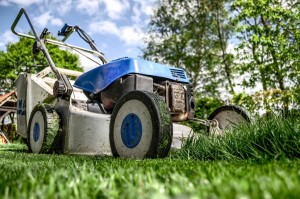 We all love having a nice garden to look at and in which to relax, especially those lush lawns that spring beneath your feet and on which the dogs and children love to play, but just how much water does your garden use?
We all love having a nice garden to look at and in which to relax, especially those lush lawns that spring beneath your feet and on which the dogs and children love to play, but just how much water does your garden use?
Drought-ridden California, in an effort to save water, spent in excess of $350m over the last two years in an effort to get its residents to get rid of their lush, water-guzzling lawns which have been the pride of the region for aeons.
Southern California’s giant Metropolitan Water District payed property owners hundreds of millions to remove their lawns in what has been billed as the agency’s biggest single conservation programme ever. The question, however, is whether their plan worked or not.
While removing lawns may not sound like the best plan to save water usage, the US Environmental Protection Agency estimates around 34% of all water usage by American households goes to gardens and watering lawns.
According to some officials, the cost-effectiveness of the program is simple; the district will save more money on water going forward, thanks to the lawn reduction, than it spent on the rebates themselves. Other districts, however, say that they will only be able to tell over the longer term.
Actually, it is quite simple; to keep a lawn green and lush, it needs to be watered well. During the hotter months is needs even more water because much of the water evaporates before the roots can absorb it. Grass is basically approximately 85% water, which is why it is better to water during the cooler parts of the day like early morning and late afternoon. The average lawn needs around 475 litres of water per 92 square metres on a hot, sunny day, whereas on a cool day it will only require around 37 litres.
Save water by removing your lawn, recycling water, taking shorter showers, and only using your washing machine to do a full load; investing in a water cooler is also a means of saving water as there is no wastage waiting for water to cool before drinking.





